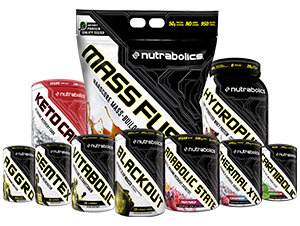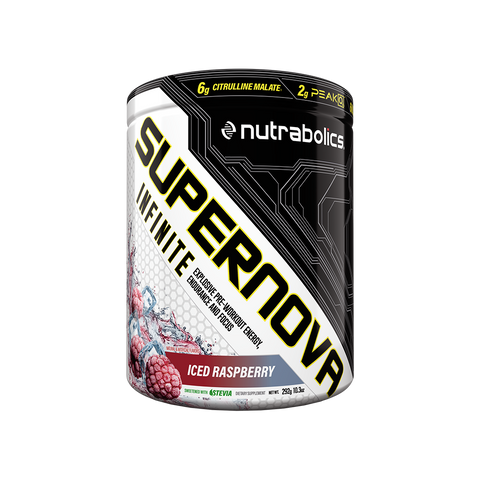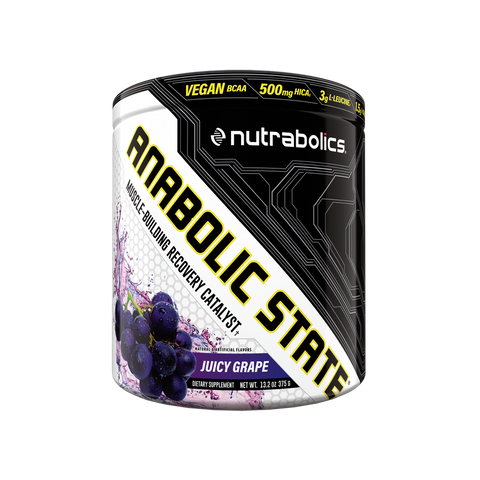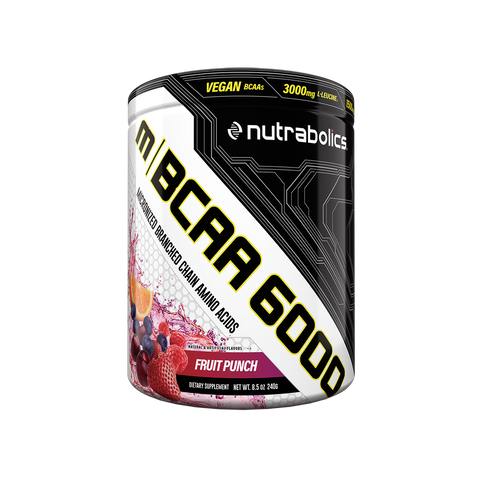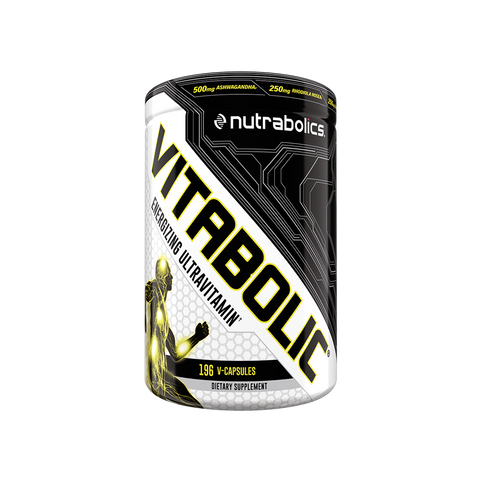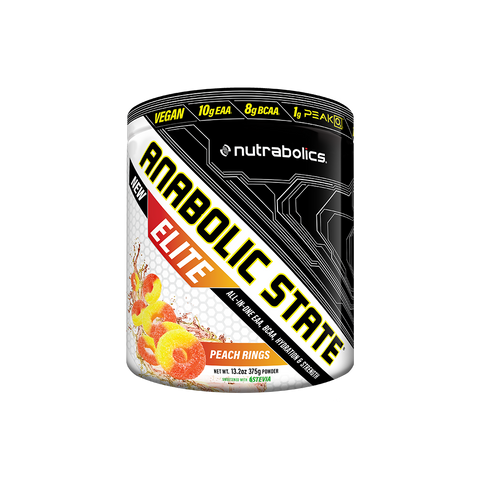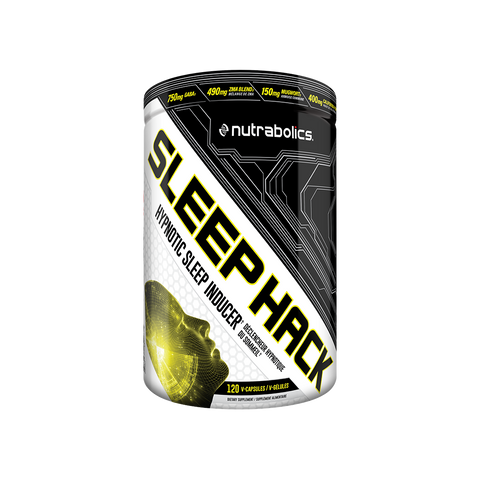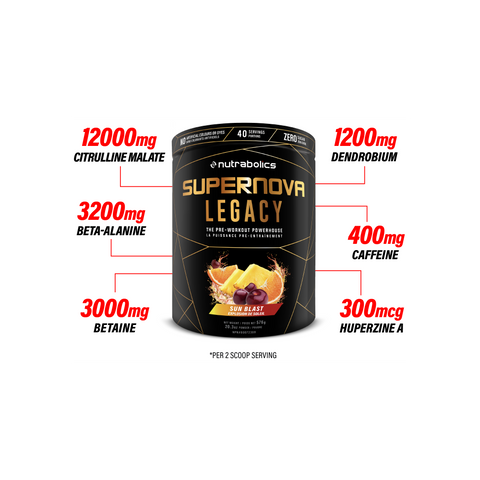By Supipi Duffy – PhD, Medical Genetics
 Arnold Schwarzenegger was, and still is, one of the biggest icons in bodybuilding. He is undoubtedly one of the greatest bodybuilders of all time. Yet, the 22-inch biceps and the 57-inch chest that earned Arnold multiple ‘Mr. Olympia’ titles probably wouldn’t get him very far in today’s bodybuilding world of Phil Heath and Big Ramy. Is it even possible for the majority of bodybuilders to achieve these massive new standards set for the perfect physique while still staying natural? Not only that, modern Crossfitters and performance athletes are constantly raising the bar on human strength and endurance capabilities, which makes trying to keep up without the help of performance enhancers seem even more daunting. The truth is resisting this temptation may come easier to some than others, especially if you have a genetic advantage for building muscle.
Arnold Schwarzenegger was, and still is, one of the biggest icons in bodybuilding. He is undoubtedly one of the greatest bodybuilders of all time. Yet, the 22-inch biceps and the 57-inch chest that earned Arnold multiple ‘Mr. Olympia’ titles probably wouldn’t get him very far in today’s bodybuilding world of Phil Heath and Big Ramy. Is it even possible for the majority of bodybuilders to achieve these massive new standards set for the perfect physique while still staying natural? Not only that, modern Crossfitters and performance athletes are constantly raising the bar on human strength and endurance capabilities, which makes trying to keep up without the help of performance enhancers seem even more daunting. The truth is resisting this temptation may come easier to some than others, especially if you have a genetic advantage for building muscle.
Achieving “perfection” in bodybuilding involves gaining muscle in a controlled, systematic way by combining a strict diet with a rigorous weight-training regime, and rest. According to a new field of research called nutrigenetics, the presence of certain genetic variants can influence both an individual’s nutrition and fitness. Genetic variants are small changes in DNA that exist between people, and they affect anything from how well we metabolize fats or carbohydrates in our diet, to the efficiency with which we absorb essential nutrients like vitamins (1). On top of this, hundreds of variants are linked to athletic ability and elite athletic performance (2). These studies challenge the traditional notion of “one-size-fits-all” nutrition and fitness regimes. Instead, they suggest that personalizing our diet and exercise routines to match our own unique DNA is key to maximizing our true potential. This means that in order to optimize your muscle growth you will want to design your diet and training plan based on the unique traits and requirements hardwired into your DNA.

THE GENETICS OF ATHLETICS
Interleukin 6 (IL-6), produced by the IL6 gene, is one such genetic variant involved in muscle growth. It's a cytokine, a messenger molecule used by cells to communicate with each other (3), and is absolutely essential for muscle growth (4). Muscle growth increases the size of muscles in two ways: it can either increase the size of individual muscle cells (known as sarcoplasmic hypertrophy), or increase the size of muscle fibres (known as microfibrilar hypertrophy). Your choice of exercise dictates the type of muscle growth you experience. Repetitive submaximal exercises used in bodybuilding increases the size of muscle cells via sarcoplasmic hypertrophy, and it also induces IL-6 (5). But, because of genetic variation not everyone has the same amount of IL-6 in his or her blood.
A subset of us carry an altered or mutated version of the IL6 gene (called rs1800795), and make significantly lower levels of this cytokine compared to those with the normal version of the gene (6). Studies show that this is disadvantageous for activities that require power or extra muscle strength (7). The high IL-6 producing version is more frequent among elite power athletes like jumpers and throwers (8). What's more, inheriting two copies (one copy from each parent) of the normal, high cytokine producing version of the gene greatly enhances the odds of becoming a power athlete. How does this relate to bodybuilding? It means that people with the high IL-6 levels will find it easier to build bigger muscles required to achieve the current bodybuilding standards, than someone who inherited the low cytokine-producing version of IL-6.
So how do you know if you have the low cytokine-producing version of IL6? You can ask your doctor for a blood test for interleukin-6, but the downside is that detecting a low serum IL-6 level doesn’t necessarily mean you have the defective version of the IL6 gene, because factors other than genetics like inflammation, infections and exercise can affect its levels in the blood. By comparison, a DNA testing kit like this one (https://www.genovate.com/en-ca/product/dna-fitness-test/) can allow you to test for the IL6 gene from the comfort of your own home. It will give you a more definitive answer on whether or not you have inherited a defective version of a gene, in this case IL6.

FIGHTING NATURAL SELECTION
So, if the DNA test comes back positive, what can you do to remedy this genetic obstacle? Genetic tweaking of musculature is out of the question, because IL6 isn't the only gene involved in muscle strength. Nutraceuticals, like ANABOLIC STATE and AGGRO on the other hand, may be just what you need. These supplements include fully transparent and clinically-dosed ingredients that can either alone or with exercise impart major physiological changes, such as promoting the response of skeletal muscles (the ones that we use for movement) to endurance or weight training (9). Studies show nutraceuticals affect muscle size, their metabolism, and how well they perform during exercise.
ANABOLIC STATE is a supplement that contains BCAAs (branched chain amino acids) and a key ingredient HICA (alpha-hydroxy-isocaproic acid). BCAAs like leucine, isoleucine and valine are essential amino acids (basic building blocks of proteins), meaning our bodies can't generate them, so they have to come from our diet or as a supplement. Taking BCAA supplements before exercise can slow muscle protein breakdown (10). Leucine in particular, slows the breakdown of proteins, and increases protein production following exercise, resulting in bigger muscles (11, 12). For example, soccer players who took HICA (a precursor of Leucine) during a 4-week intensive training program showed a significant increase in muscle mass compared to those receiving the placebo (13).
In AGGRO you will find several natural ingredients that stimulate the production of three hormones: testosterone and growth hormone, which are already linked to muscle growth (14), and insulin, an anabolic hormone (15). Insulin increases the transport of certain amino acids into muscle cells that simultaneously increase the rate of protein production and decrease the rate of protein breakdown, promoting muscle building. The bottom line is, both AGGRO and ANABOLIC STATE drives the body into anabolism or a scenario where muscles are built rather than broken down, which is useful for compensating for any IL6-related genetic defects.
Bodybuilding and Crossfit aren’t just sports, they represent a lifestyle where athletes make a huge commitment to achieve and conquer great feats of strength. With so much at stake, you want to make certain that your genes aren't holding you back. You can't change your DNA, but if you are aware of your genetic weaknesses, you have the choice to do something about it.
References:
- Barthel, W. & Markwardt, F. Aggregation of blood platelets by adrenaline and its uptake. Biochem. Pharmacol. 24, 1903–1904 (1975).
- Ahmetov, I. I., Egorova, E. S., Gabdrakhmanova, L. J. & Fedotovskaya, O. N. Genes and Athletic Performance: An Update. Med. Sport Sci. 61, 41–54 (2016).
- Pedersen, B. K. & Febbraio, M. A. Muscles, exercise and obesity: skeletal muscle as a secretory organ. Nat. Rev. Endocrinol. 8, 457–465 (2012).
- Serrano, A. L., Baeza-Raja, B., Perdiguero, E., Jardí, M. & Muñoz-Cánoves, P. Interleukin-6 is an essential regulator of satellite cell-mediated skeletal muscle hypertrophy. Cell Metab. 7, 33–44 (2008).
- Pedersen, B. K., Steensberg, A. & Schjerling, P. Exercise and interleukin-6. Curr. Opin. Hematol. 8, 137–141 (2001).
- Fishman, D. et al. The effect of novel polymorphisms in the interleukin-6 (IL-6) gene on IL-6 transcription and plasma IL-6 levels, and an association with systemic-onset juvenile chronic arthritis. J. Clin. Invest. 102, 1369–1376 (1998).
- Weyerstraß, J., Stewart, K., Wesselius, A. & Zeegers, M. Nine genetic polymorphisms associated with power athlete status - A Meta-Analysis. J. Sci. Med. Sport 21, 213–220 (2018).
- Ruiz, J. R. et al. The -174 G/C polymorphism of the IL6 gene is associated with elite power performance. J. Sci. Med. Sport Sports Med. Aust. 13, 549–553 (2010).
- Deane, C. S. et al. ‘Nutraceuticals’ in relation to human skeletal muscle and exercise. Am. J. Physiol. Endocrinol. Metab. 312, E282–E299 (2017).
- MacLean, D. A., Graham, T. E. & Saltin, B. Branched-chain amino acids augment ammonia metabolism while attenuating protein breakdown during exercise. Am. J. Physiol. 267, E1010–1022 (1994).
- Tipton, K. D., Ferrando, A. A., Phillips, S. M., Doyle, D. & Wolfe, R. R. Postexercise net protein synthesis in human muscle from orally administered amino acids. Am. J. Physiol.-Endocrinol. Metab. 276, E628–E634 (1999).
- Candeloro, N., Bertini, I., Melchiorri, G. & De Lorenzo, A. [Effects of prolonged administration of branched-chain amino acids on body composition and physical fitness]. Minerva Endocrinol. 20, 217–223 (1995).
- Mero, A. A. et al. Effects of alfa-hydroxy-isocaproic acid on body composition, DOMS and performance in athletes. J. Int. Soc. Sports Nutr. 7, 1 (2010).
- Sattler, F. R. et al. Testosterone and Growth Hormone Improve Body Composition and Muscle Performance in Older Men. J. Clin. Endocrinol. Metab. 94, 1991–2001 (2009).
- Dimitriadis, G., Mitrou, P., Lambadiari, V., Maratou, E. & Raptis, S. A. Insulin effects in muscle and adipose tissue. Diabetes Res. Clin. Pract. 93 Suppl 1, S52–59 (2011).
